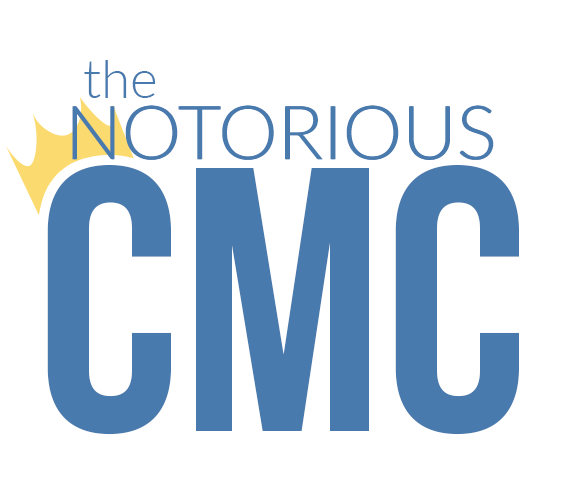The Notorious CMC: Trump wrongs voters’ rights

Every month it seems like the headlines announce a new attack on American democracy—voter fraud, election interference, the list goes on. However, the most recent assaults come from an unlikely source: our president.
It’s no secret that Donald Trump is unafraid to use whatever means possible to take and maintain control; one the articles of impeachment brought against him in late 2019 charged the president with abuse of power. He used his influence as commander-in-chief to pressure Ukraine to investigate his then-potential 2020 election opponent, Joe Biden. Though he was acquitted, it clearly set a precedent for his latest series of power-grabbing moves.
On Sept. 30, the 2020 Census, whose results are used to allot seats in the House of Representatives, will end. According to Section 2 of the Fourteenth Amendment of the U.S. Constitution, this count should include, “the whole number of persons in each State, excluding Indians not taxed.” Despite this, Trump asked the Secretary of Commerce, who heads the Census Bureau, to exclude undocumented immigrants.
Though, at first glance, it would seem that such a change would be unlikely to have an impact on representation, estimates show that California and Texas would see a decrease of one or two seats if this move holds. Some experts have said that, overworked as the Census Bureau is, it’s unlikely that it will be able to accurately finish identifying and tallying the number of undocumented immigrants by the end-of-year deadline.
Rob Santos, president-elect of the American Statistical Association and chief methodologist at the Urban Institute, told Science Magazine his prediction: the Census Bureau won’t be able to tally an accurate number of undocumented immigrants, meaning , they will inflate the number of undocumented residents to make up for the lower-than-expected counts.
If these undocumented immigrants are left unrepresented in the census, as Trump plans, there will be a shift in legislative representation away from urban areas, which lean Democratic, to rural areas, whose residents are usually Republican. Trump is blatantly abusing his presidential authority to shift power into the hands of the Republican party.
However, it’s unclear whether the same can be said about his other, more controversial move. This fall is election season, and, because of the pandemic, many voters are expected to send mail-in ballots rather than vote in-person. To handle the higher volume of mail, the Postal Service would need an increased funding of billions of dollars—none of which Trump is willing to provide.
He believes that mail-in ballots would lead to widespread voting fraud, claiming in an Aug. 13 press briefing that the Post Office has “millions of ballots coming in from nowhere, and nobody knows from where and where they’re going.” There is no evidence to support this claim, though. Several states like California have been sending ballots to every eligible voter by mail for years now; it is expected that eight states will do the same this election.
Though it originally seemed like Trump intended to slow down mail-in voting as an effort toward his own campaign, he later redacted the statement as it became clear that such an issue would harm both Democrat and Republican voters. In fact, according to a Pew poll conducted in April, 49 percent of Republicans support universal voting by mail. Such a significant portion of the Republican Party should not be ignored by Trump, especially with his chances of reelection already wavering.
While it seems that Trump is determined to undermine democracy at every turn, only time will tell whether he succeeds. And, if he does, we can expect to see his name in the headlines for another four years.
Your donation will support the student journalists of Diamond Bar High School. Your contribution will allow us to purchase equipment and cover our annual website hosting costs.


